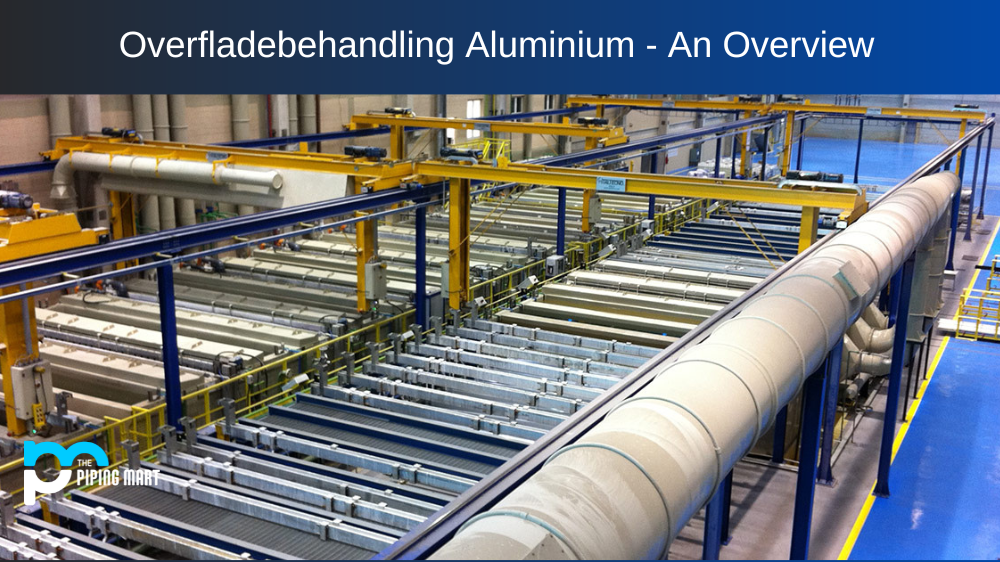Aluminothermic processes are used in the production of metals such as aluminum, iron, and steel. This process involves a chemical reaction between aluminum and other metal oxides at high temperatures to produce the desired end product. In this blog post, we’ll take a look at how this process works, what metals it can be used to produce, and why it’s so important.
Aluminothermic process reaction
Aluminothermic reactions are powerful exothermic chemical reactions that use aluminum as the reducing agent. These reactions almost always require a high temperature to initiate, usually in excess of 1000°C, and their ability to produce large amounts of heat makes them invaluable for many industrial purposes. Aluminothermic reactions have been used extensively in the metallurgical industry for over a century because of the reduced consumption of energy compared with other processes by mass. Aluminium can produce stronger structures with less design complexity when used to aid welding or metal casting. Aluminothermic processes offer not just cost-effective solutions but also promote efficiency, productivity, and advanced product design quality.
How Aluminothermic Process Work
The aluminothermic process works by taking two oxide compounds—one of which must be an aluminum oxide (Al2O3)—and combining them together in a sealed container that is heated up to an extremely high temperature (usually around 1,000°C). The heat causes the aluminum oxide to break down into oxygen and elemental aluminum. The oxygen then reacts with the other metal oxide compound, forming either metallic alloy or pure metal, depending on the composition of the oxides used. As a result, three main products are produced from each reaction: molten metal alloy, slag (a non-metallic solid residue), and gaseous byproducts.
Aluminothermic process uses
This process can be used in many industries to produce different types of metals. For example, it is commonly used to produce iron for steelmaking or aluminum alloys for construction applications. It is also sometimes used in metallurgy for refining certain metals like copper or nickel. Additionally, some organizations use aluminothermic processes as part of their waste management systems as they are able to effectively reduce hazardous waste into harmless products like water vapor and carbon dioxide gas.
Aluminothermic Process Benefits
One major benefit of using this process is that it is much more cost effective than traditional methods such as smelting or electrolysis. Additionally, since no external energy source is required for this reaction to occur (aside from the energy required to heat up the container), it produces fewer greenhouse gas emissions than other methods do. Finally, since this method produces only three main products—molten metal alloy, slag, and gaseous byproducts—it requires less time and effort when compared with other metal production processes that may yield more complex results.
Conclusion:
The aluminothermic process has revolutionized how we produce metals such as iron and aluminum alloys because it provides an efficient and cost-effective alternative to traditional methods while also helping reduce our global carbon footprint through its low emission rate of greenhouse gases. Whether you’re in need of iron for steelmaking or an aluminum alloy for construction applications, aluminothermic should definitely be considered! It’s easy to see why this process has become so popular over recent years—not just due to its efficiency but also because its simple design makes it easy for anyone to understand how it works without needing any special knowledge or skillset beyond basic chemistry understanding!

Pipingmart is B2B portal specializes in industrial, metal and piping products. Also, share latest information and news related to products, materials and different types grades to help business dealing in this industry.




